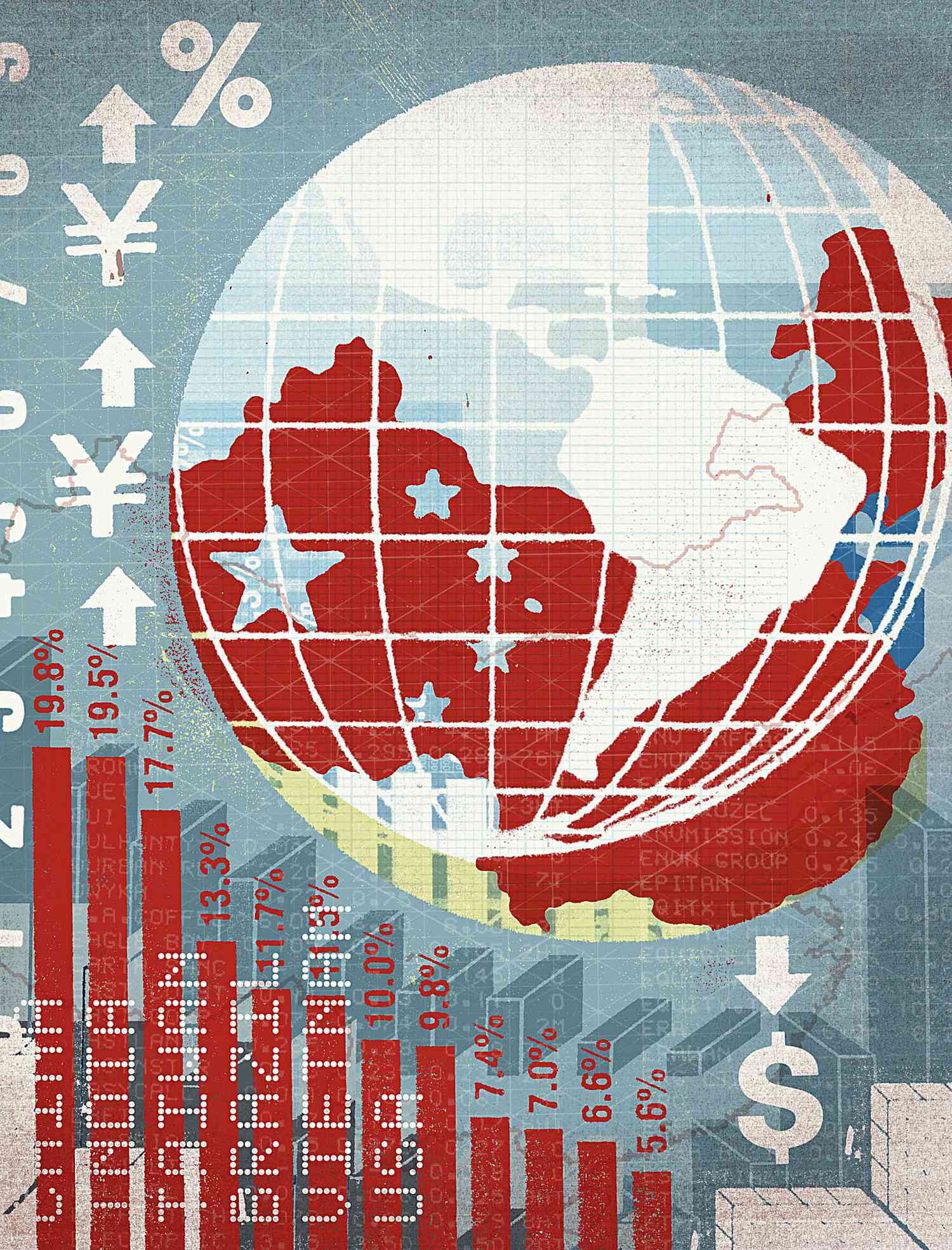Key Takeaways
- Exchange rate mechanisms (ERMs) are used by countries to control the value of their currency in relation to other currencies.
- A country’s ERM is an important aspect of its economic and monetary policy.
- ERMs can range from fixed control to totally free-floating; more countries have moved closer to free-floating versions with some intervention.
- The ERM II is the EU’s system for transitioning countries to the euro and is perhaps the best example of ERMs in practice.
Definition and Example of an Exchange Rate Mechanism
At their extremes, floating exchange rate mechanisms (ERMs) allow currencies to trade without intervention by governments and central banks. On the other hand, fixed ERMs involve any necessary measures to keep rates set at a certain value. Managed ERMs fall somewhere in between.
With no intervention, the value of one country’s currency will naturally change in relation to another’s. Depending on many economic and socio-political factors, these fluctuations can be large or small. ERMs are any measures a country puts in place to try to control these changes.
Exchange Rate Mechanism History
Most currencies historically began on fixed ERMs, with their prices set to commodities like gold. In fact, the US dollar was officially fixed to gold prices until 1976, when the government removed references to gold from official statutes.
Some other countries began to fix their currencies to the US dollar itself to limit volatility. They include the US’s largest trading partner, China, which maintains some level of control to this day.
By the 1990s, many countries adopted flexible ERMs. These have remained the most popular option in order to maintain liquidity and reduce economic risks. Governments using flexible ERMs will usually intervene to some degree in order to keep exchange rates within certain ranges.
Important
Fixed ERMs helped to reduce the uncertainty that came with fluctuations while potentially limiting inflationary pressures. However, flexible ERMs may have helped to improve growth rates and have liberated monetary policy to focus on domestic economies. For these reasons, most modern governments use flexible ERMs rather than fixed ERMs.
Exchange Rate Mechanism Example
Suppose that Country X wants to stabilize its currency versus that of Country Z. An exchange rate mechanism is established to maintain Country X’s exchange rate within a range consisting of an upper and lower bound rate.
If Country X’s exchange rate rises above the upper bound range, it sells its currency from its reserves and buys Country Z’s currency to keep the currency within the range. Conversely, if Country X’s exchange rate falls below the lower bound rate, its central bank will buy its currency and sell Country Z’s from its reserves. Typically, the central banks of both countries will work together to help enforce and stabilize the exchange rate mechanism.
How Exchange Rate Mechanisms (ERMs) Work
Actively managed ERMs work by setting a reasonable trading range for a currency’s exchange rate—enforced via interventions. For example, Japan may set an upper and lower bound on the Japanese yen relative to the US dollar. If the yen appreciates above that level, the Bank of Japan can intervene by buying large quantities of US dollars and selling yen into the market to lower the price.
Other tools that can be used to defend exchange rates include tariffs and quotas, domestic interest rates, monetary and fiscal policy, or switching to a floating ERM. The effectiveness of these methods can have mixed results and reliability, depending on the situation. For instance, raising interest rates can be an effective way to increase a currency’s valuation, but it can be challenging if the economy is not performing well.
Central banks can print their own domestic currencies in theoretically unlimited quantities. Most traders respect the limits of fixed or semi-fixed ERMs. There are some famous cases of these fixed or semi-fixed ERMs failing, including George Soros’s famous run on the Bank of England. In those instances, traders could use leverage to make enormous bets against a currency that makes interventions too expensive for central banks to undertake without causing high levels of inflation.
ERMs in Practice
The most popular example of an ERM is the European Exchange Rate Mechanism. It was designed to reduce exchange rate variability and achieve monetary stability in Europe prior to the introduction of the euro in 1999. The ERM could normalize the exchange rates among these countries before they were integrated, to avoid any problems with the market finding its bearings.
Although the original European ERM has been dissolved, the European ERM II was later adopted in order to help new members of the eurozone better integrate. Countries involved include Estonia, Lithuania, Slovenia, Cyprus, Latvia, and Slovakia, among others. Not all countries in the EU have adopted the ERM II.
China also maintains a flexible ERM with the US dollar, but the People’s Bank of China has been unpredictable when defending it. For example, the country decided to let its currency float to a large extent. This effort was part of a controversial bid to become one of the world’s official reserve currencies, alongside the US dollar and the euro. Skeptics have argued that the devaluation made its exports cheaper at a time when the government wanted to boost economic growth.
